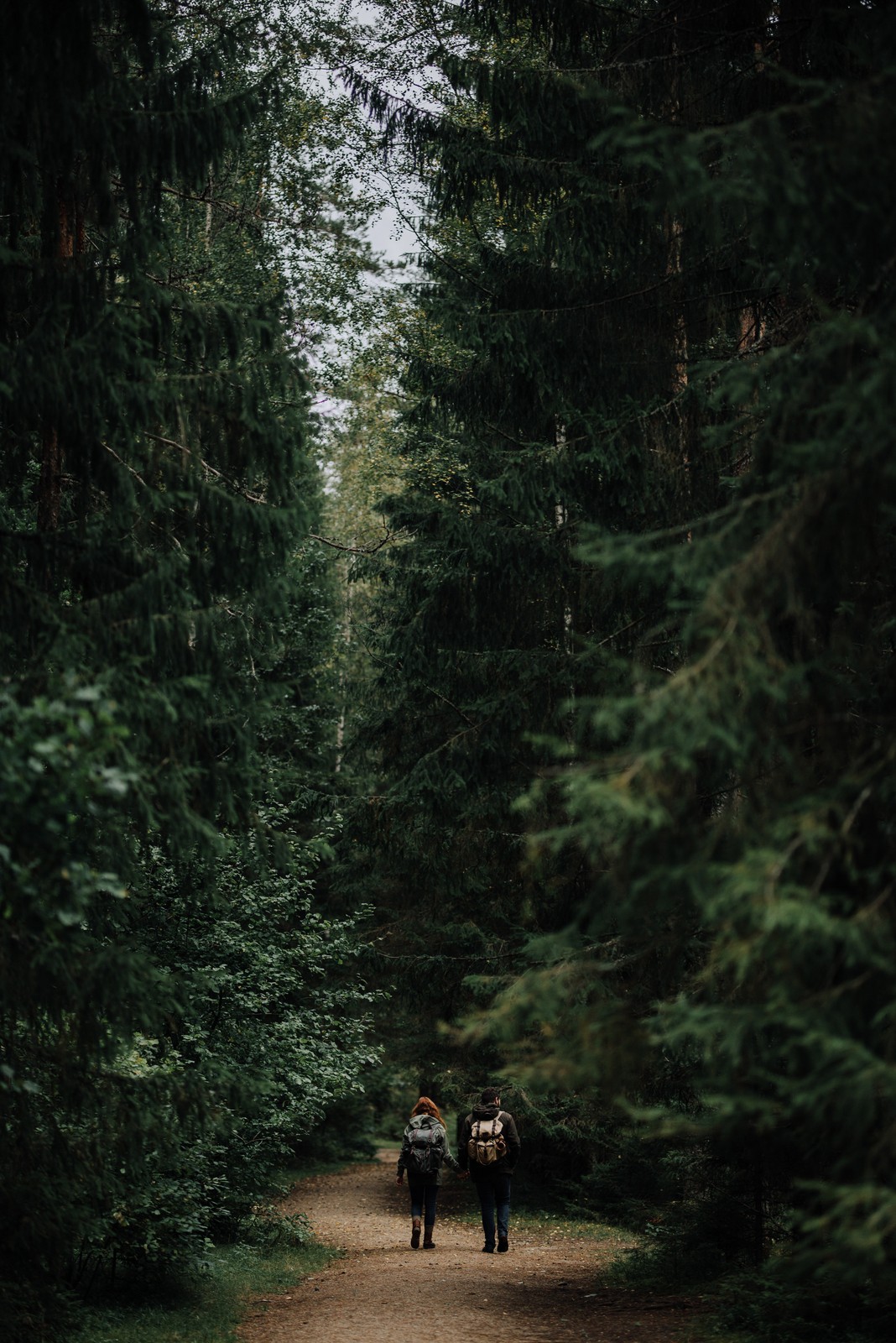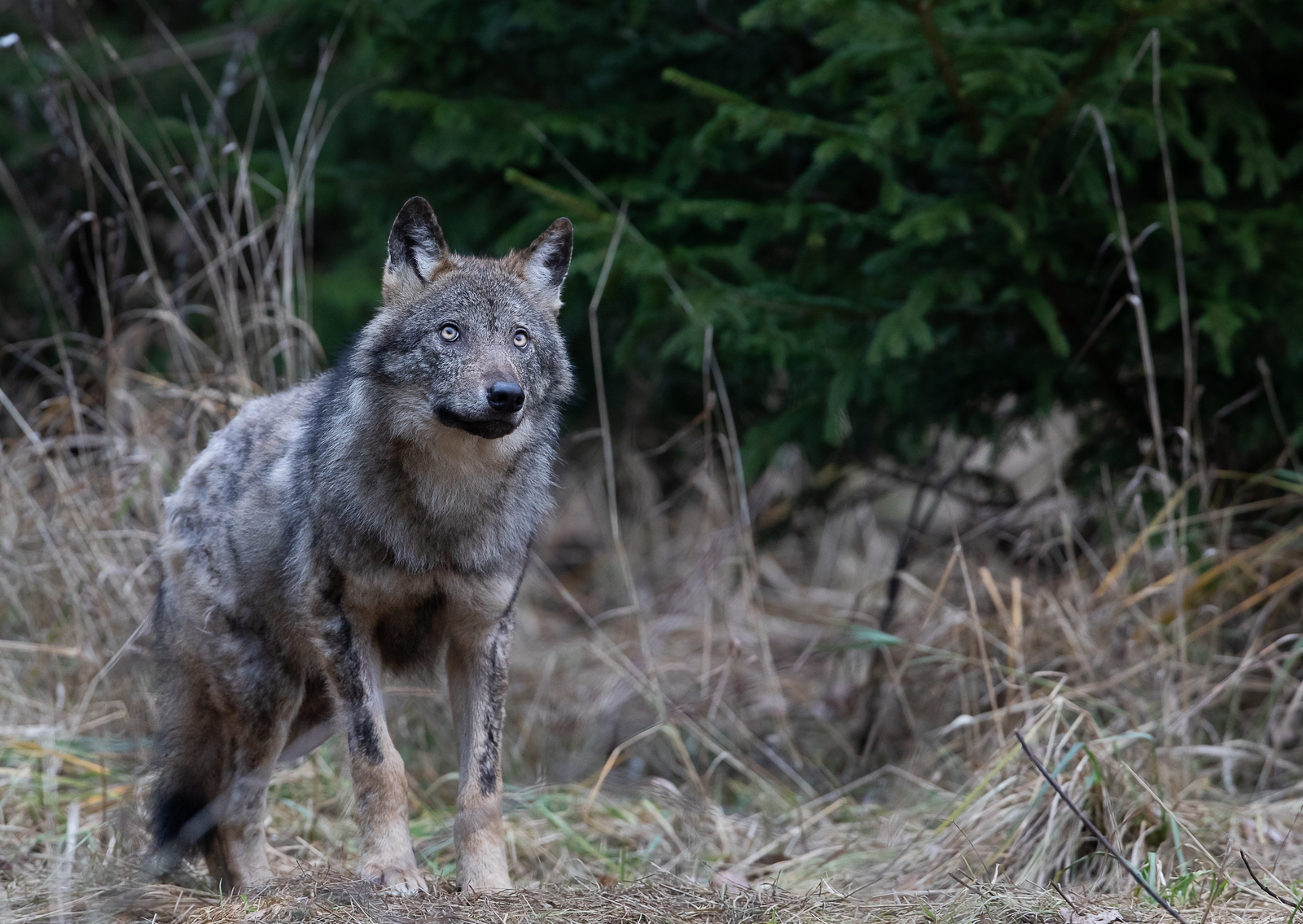
Forests are an important landscape with regard to the Estonian psyche. Estonian
forests belong to the mixed forest zone,
and Estonia is still one of the most
forested countries in the world. Prior to
Christianisation, sacred rituals took place in
the forest in sacred groves, where people
communicated with the spirits of nature.
And they say that if Lithuanians were the
last pagans of Europe, then Estonians
were the last savages of Europe. Perhaps in their heart they still are.
In addition to
wolves, Estonian forests are homes to
brown bears, lynxes, and smaller mammals
and birds, of course. Ornithologists say that
the Estonian bird population is becoming
increasingly interesting and diverse, and
to hear that for yourself, Estonians have
developed an app called 'Siuts' which helps to identify
different wild birds by their song.
Forest trail in Taevaskoja, Southern Estonia. Photo by: Taivo Aarna / Enterprise Estonia



